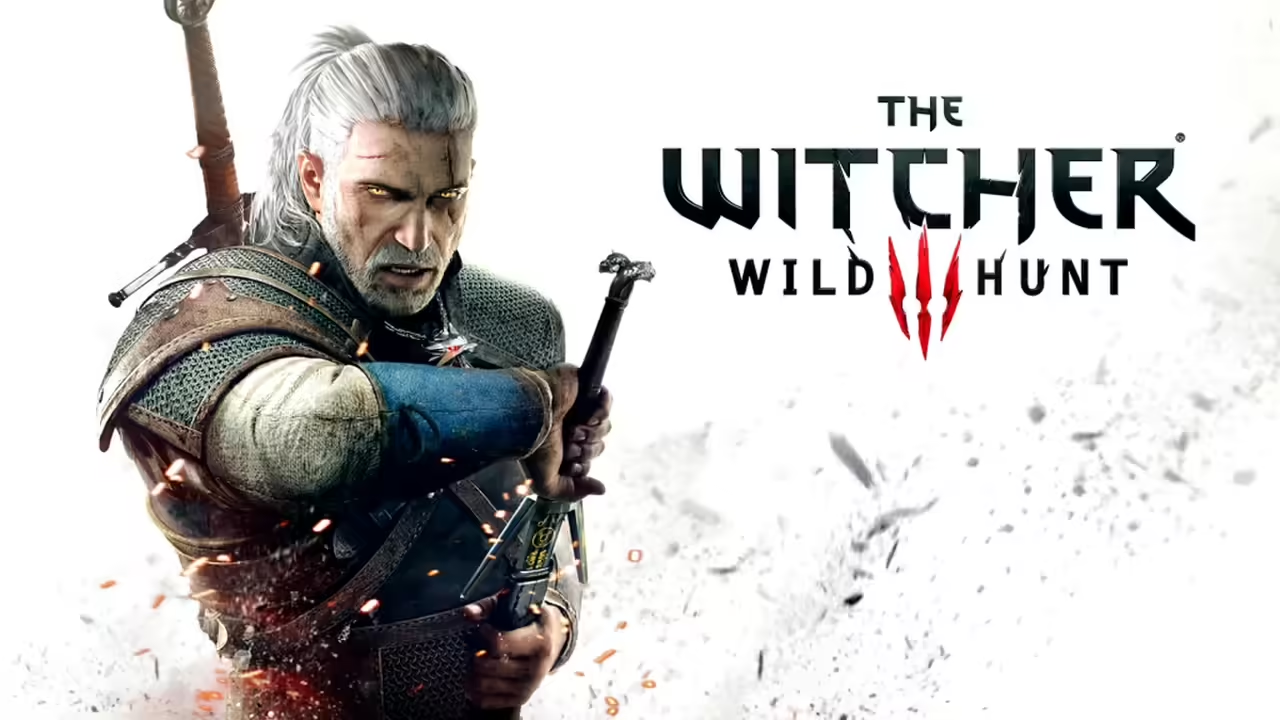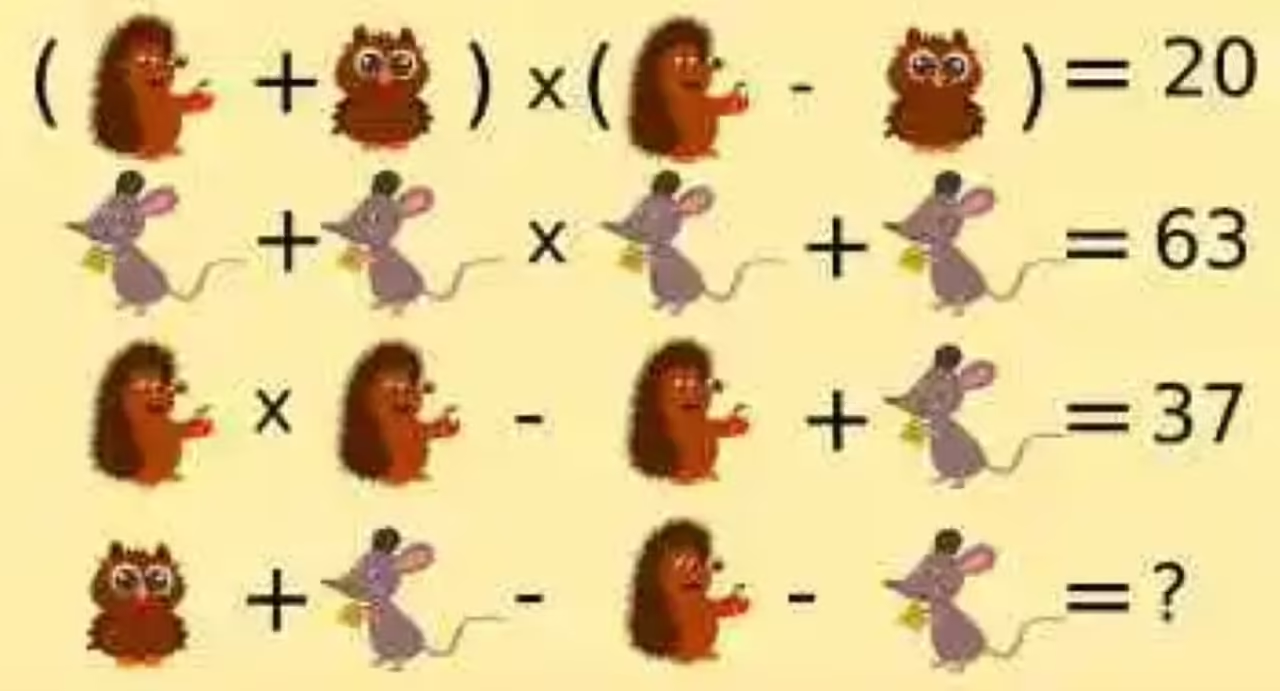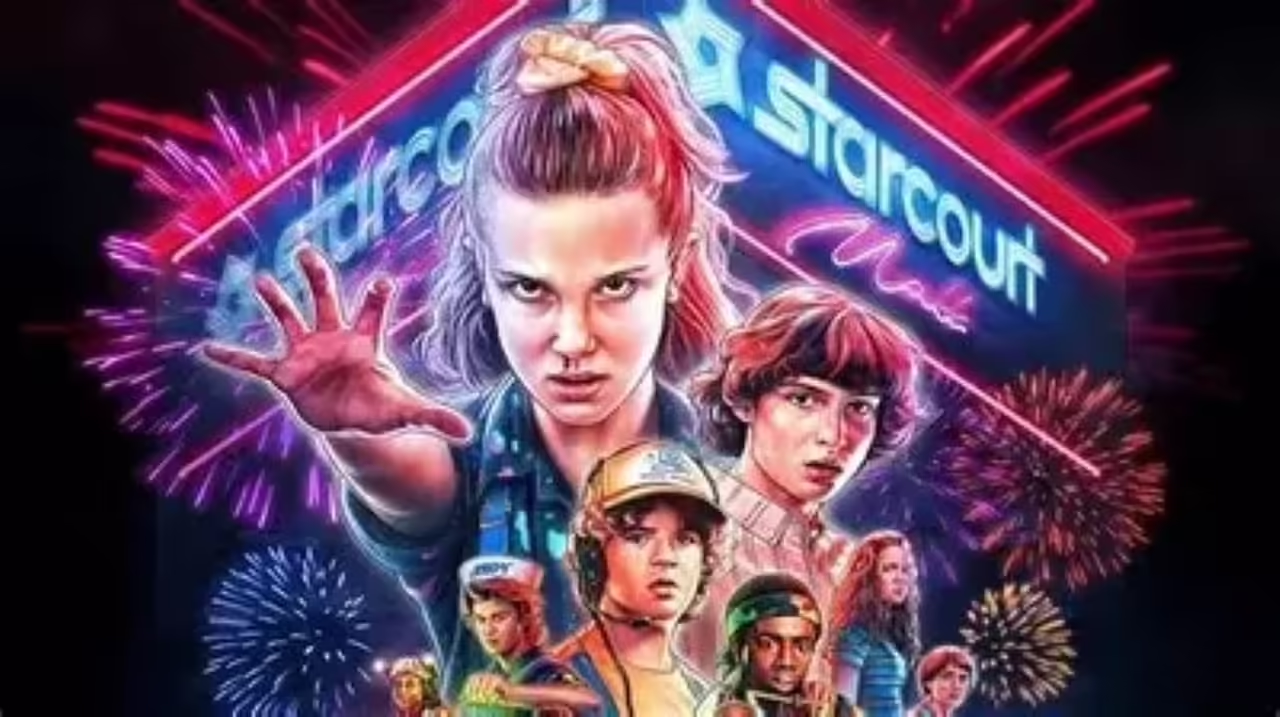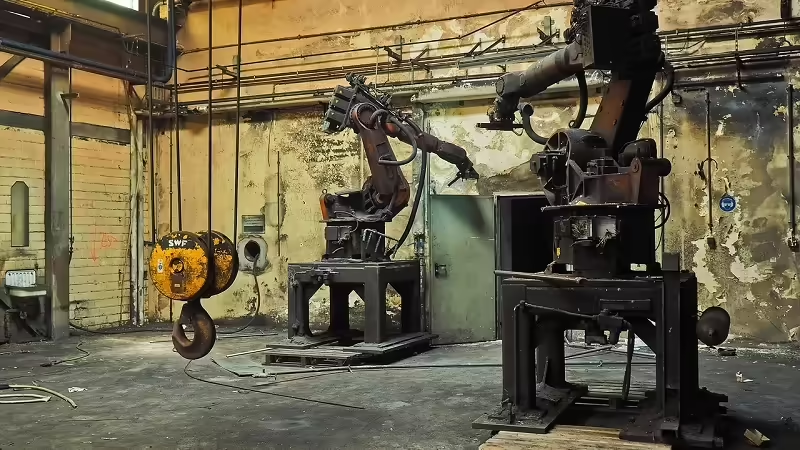
The realm of video games has consistently pushed the boundaries of storytelling and immersive gameplay experiences. One such exemplary creation that stands out in the landscape of open-world RPGs is “The Witcher 3: Wild Hunt.” Developed by CD Projekt Red, this masterpiece has captivated players with its rich narrative, intricate characters, and an expansive open world that is as beautiful as it is treacherous.
A Glimpse into the Narrative
At the heart of “The Witcher 3: Wild Hunt” lies an intricately woven narrative that follows Geralt of Rivia, a monster hunter known as a Witcher, as he embarks on a quest to find his missing adopted daughter, Ciri. Set in a dark fantasy world, the game presents players with morally complex choices that impact the course of the story and the fate of its inhabitants. The game’s narrative depth has been hailed as one of its defining features, ensuring that players are emotionally invested in the outcomes of their decisions.
A World of Immense Scale
What truly sets “The Witcher 3: Wild Hunt” apart is its sprawling open world, a masterpiece in itself. The land of The Continent is a vast and diverse expanse, encompassing bustling cities, war-torn villages, dense forests, and treacherous mountain ranges. Each location is meticulously crafted, boasting a unique atmosphere and a cast of characters with their own stories to tell. This attention to detail creates an environment that feels alive, as players explore not just the main storyline, but also countless side quests and activities that breathe life into every corner of the world.
Monsters and Magic
The world of The Witcher is teeming with mythical creatures and supernatural elements, drawing inspiration from Eastern European folklore. As Geralt, players have access to a variety of weapons, spells, and potions to combat these fantastical threats. The game’s combat system strikes a balance between strategy and action, requiring players to adapt their tactics to the strengths and weaknesses of different foes. Furthermore, Geralt’s ability to harness magic and alchemical concoctions adds an extra layer of depth to combat encounters.
Choices That Matter
One of the game’s defining features is its morally complex decision-making system. The choices players make throughout their journey have far-reaching consequences, impacting not only the outcome of the main storyline but also the fate of secondary characters and the world itself. This adds a sense of agency, making each playthrough a unique experience. Players must grapple with difficult choices that challenge their ethical stance, creating a sense of realism in a fantastical setting.
A Legacy of Excellence
“The Witcher 3: Wild Hunt” is not only a triumph in storytelling and world-building but also a testament to the dedication of its developers. Its numerous awards and accolades are a testament to its enduring impact on the gaming industry. The game’s success has also spawned adaptations in other media, including a popular Netflix series.
An Epic and Immersive Narrative
Weaving Unforgettable Stories: The Power of Narrative in The Witcher 3
Immersion, emotions, and meaningful decisions—these are just a few of the pillars that uphold the masterful narrative of “The Witcher 3: Wild Hunt.” Beyond being a mere open-world RPG, this CD Projekt Red masterpiece excels in transporting players to a dark and fantastical world, where stories intertwine in a web of intrigues and moral challenges.
Characters and Moral Dilemmas: Exploring the Complexities of the Plot
One of the most outstanding aspects of “The Witcher 3” is its ability to construct three-dimensional, lifelike characters, each with their own motivations, pasts, and internal conflicts. The protagonist, Geralt of Rivia, stands as a paradigmatic example of an atypical hero. As a Witcher, Geralt faces rejection and xenophobia due to his mutant nature. This focus on the humanity of characters, even in a world of monsters and magic, creates a deep emotional connection between the player and the story.
“The Witcher 3” plot is rich in nuance and refuses to present a simple struggle between good and evil. Instead, it presents complex moral dilemmas that force players to weigh the consequences of their actions. Save one village at the expense of another? Choose the path of revenge or forgiveness? These choices impact story development and have lasting effects on the game world, granting a sense of authenticity and agency to player decisions.
Side quests, often as elaborate as the main plot, play a crucial role in narrative immersion. Each one is an opportunity to explore individual stories, delve into characters’ issues, and discover that actions often have unforeseen repercussions. These secondary stories enrich the world, creating a vibrant, nuanced landscape that goes beyond the main storyline.
The interconnected nature of stories in “The Witcher 3” also emphasizes the importance of empathy and understanding. Players find themselves in a constant crossroads, trying to navigate between the divergent motivations of various characters and factions. This narrative complexity not only enriches the gaming experience but also mirrors the multifaceted nature of life itself.
Getting Acquainted with the Iconic Monster Hunter
In the expansive realm of video games, certain characters transcend the digital confines to become iconic symbols of their respective universes. Among these figures, Geralt of Rivia from “The Witcher” series stands tall as a legendary monster hunter, a complex individual with a rich backstory, and a symbol of moral ambiguity. Through the series’ progression, Geralt’s character evolves and deepens, leaving an indelible mark on players’ hearts and the gaming world.
Meeting Geralt of Rivia
Geralt, a Witcher by trade, possesses heightened physical abilities and unique training that allows him to combat deadly monsters plaguing the world. His silver hair and distinctive eyes, the result of undergoing mutations during his training, make him easily recognizable. Yet, Geralt’s true essence lies beyond his physical appearance—in his hardened demeanor, his quick wit, and his commitment to his personal code.
Character Development Through Trials
As the central protagonist of “The Witcher” series, Geralt navigates a world teeming with moral complexities, shifting alliances, and intricate political intrigues. Throughout the saga, players accompany Geralt on his journey of self-discovery, facing the consequences of his choices and witnessing his personal growth.
Geralt’s development is particularly evident in “The Witcher 3: Wild Hunt.” In this installment, players witness Geralt’s unwavering determination to find Ciri, his adopted daughter, driving him to traverse a war-ravaged land and confront his past. His interactions with a myriad of characters, from old friends to new acquaintances, expose both his strengths and vulnerabilities. This journey not only reveals Geralt’s unwavering loyalty but also his capacity for deep emotional connections.
The Complexity of Morality
One of the defining aspects of Geralt’s character is his ability to navigate the gray areas of morality. As a monster hunter, he is often confronted with situations that challenge traditional notions of right and wrong. His decisions are seldom clear-cut, reflecting the nuanced world he inhabits. This moral ambiguity contributes to Geralt’s realism, making him a relatable character as players grapple with the ethical dilemmas presented throughout the game.
The Legacy of Geralt of Rivia
Geralt’s journey, spanning across multiple games, books, and even a Netflix series, has solidified his status as a cultural icon. His resilience, complexity, and enduring popularity are a testament to the intricate storytelling that CD Projekt Red has crafted. From his humble beginnings as a mutated monster hunter to his status as a symbol of moral complexity, Geralt of Rivia is more than just a character; he is a reflection of the human experience, encapsulating the struggles, growth, and choices that shape us all.
Exploring Side Quests and Their Impact on the Player Experience
“The Witcher 3: Wild Hunt” is a game that marries a captivating narrative with immersive gameplay, resulting in an experience that draws players into its intricate world. At the heart of this experience lies the pursuit of the Wild Hunt, a central driving force that propels players through the game’s main storyline while also inviting them to delve into a rich tapestry of side quests.
The Wild Hunt and its Impetus
The central narrative of “The Witcher 3” revolves around Geralt’s relentless quest to find Ciri, his adopted daughter and the target of the enigmatic Wild Hunt—a group of supernatural riders who traverse realms, leaving devastation in their wake. This pursuit serves as the primary objective that anchors players within the game’s expansive world. The urgency of finding Ciri not only gives players a clear goal but also instills a sense of purpose and emotional investment in Geralt’s journey.
Side Quests: Beyond the Main Quest
While the Wild Hunt’s pursuit is the backbone of the game, “The Witcher 3” distinguishes itself with an abundance of intricately crafted side quests that enrich the player experience. These quests extend beyond typical fetch or kill tasks; they are self-contained narratives with their own unique characters, dilemmas, and moral complexities. Engaging with these side quests not only offers an opportunity for players to explore the world further but also provides a chance to impact the lives of the inhabitants and the fate of the regions they inhabit.
Impact and Depth
The impact of side quests in “The Witcher 3” goes beyond mere diversions. Choices made in these quests can reverberate through the game’s world, altering relationships, shaping towns, and influencing outcomes in the broader narrative. This interconnectedness adds depth to the experience, making each choice feel consequential. Moreover, these quests often carry emotional weight, as players forge connections with the characters they encounter, resulting in moments of joy, sorrow, and reflection.
A Multi-Faceted Experience
The inclusion of well-crafted side quests doesn’t detract from the main storyline but rather enhances it. As players invest time in secondary narratives, they are rewarded with a more comprehensive understanding of the world’s dynamics, its inhabitants, and the intricate web of relationships that shape it. These quests reveal layers of storytelling that might otherwise remain hidden, offering a more complete picture of the universe in which Geralt operates.







